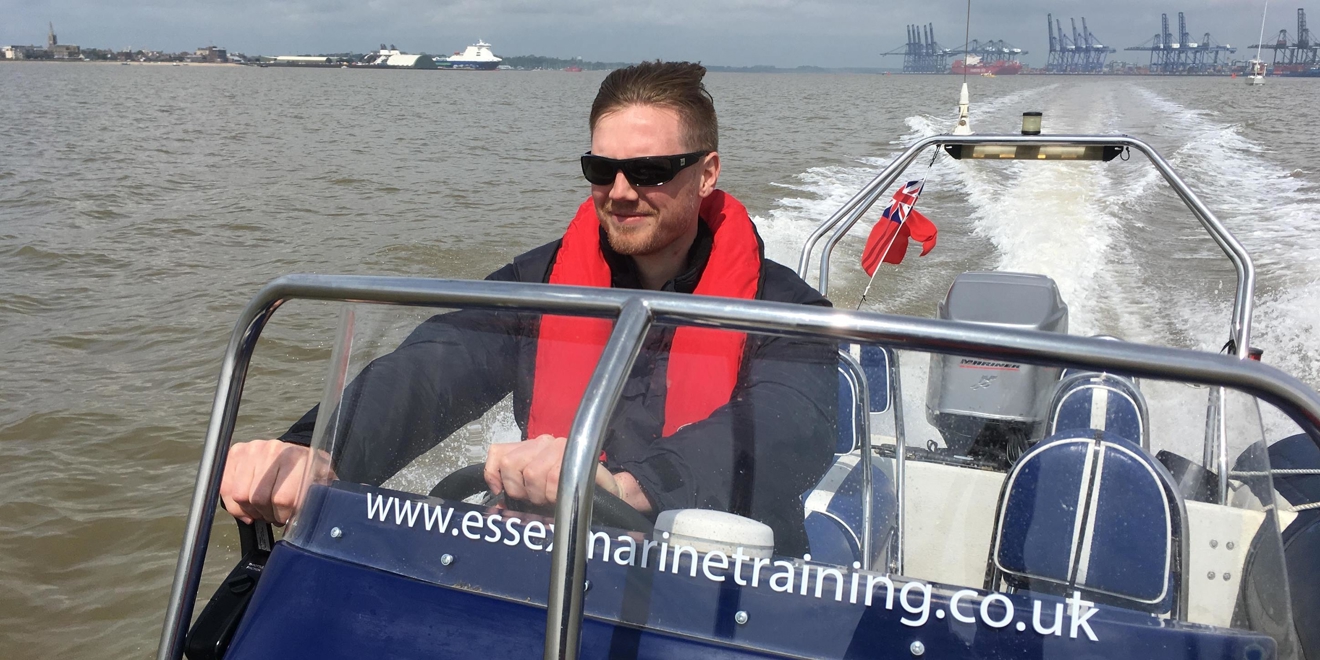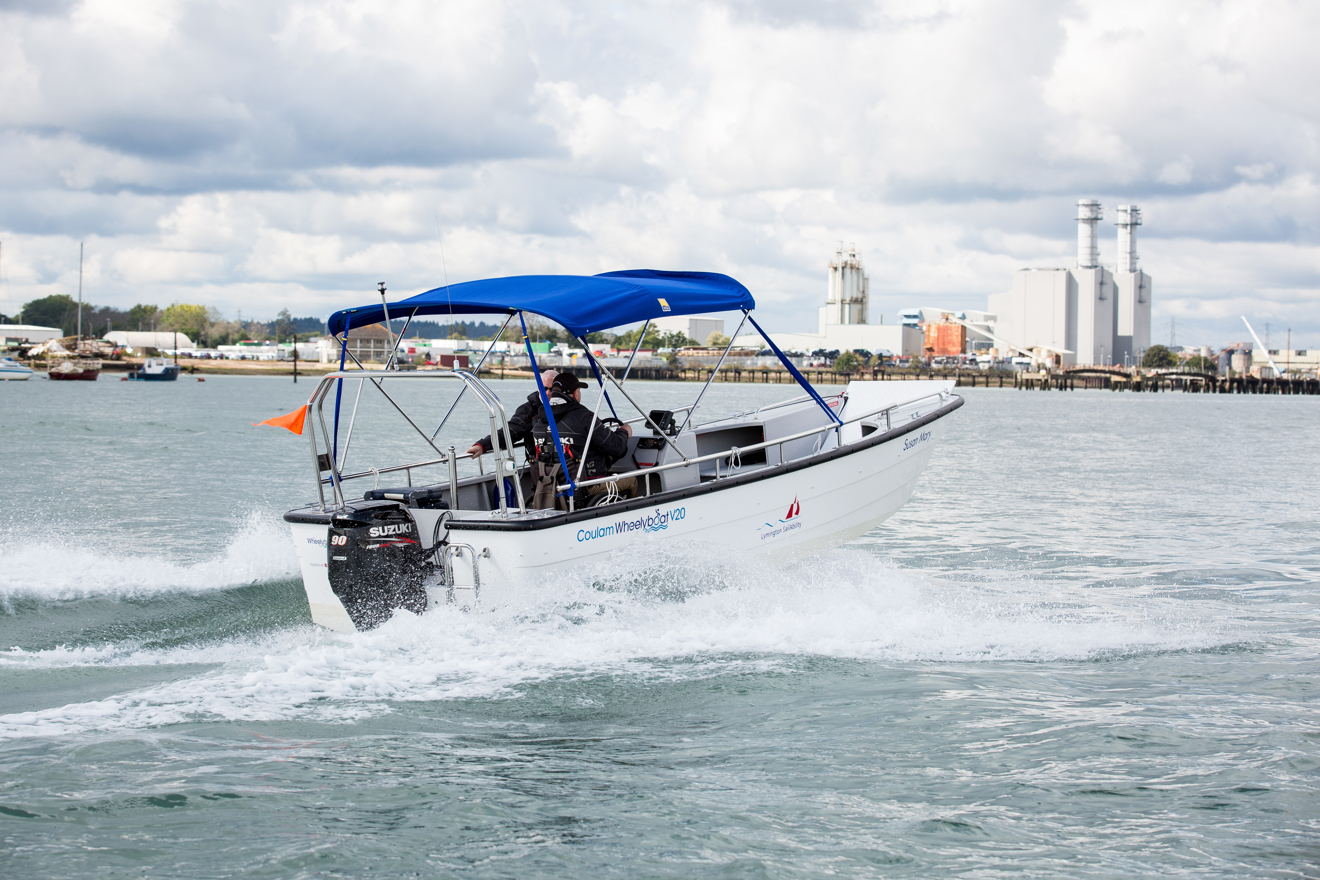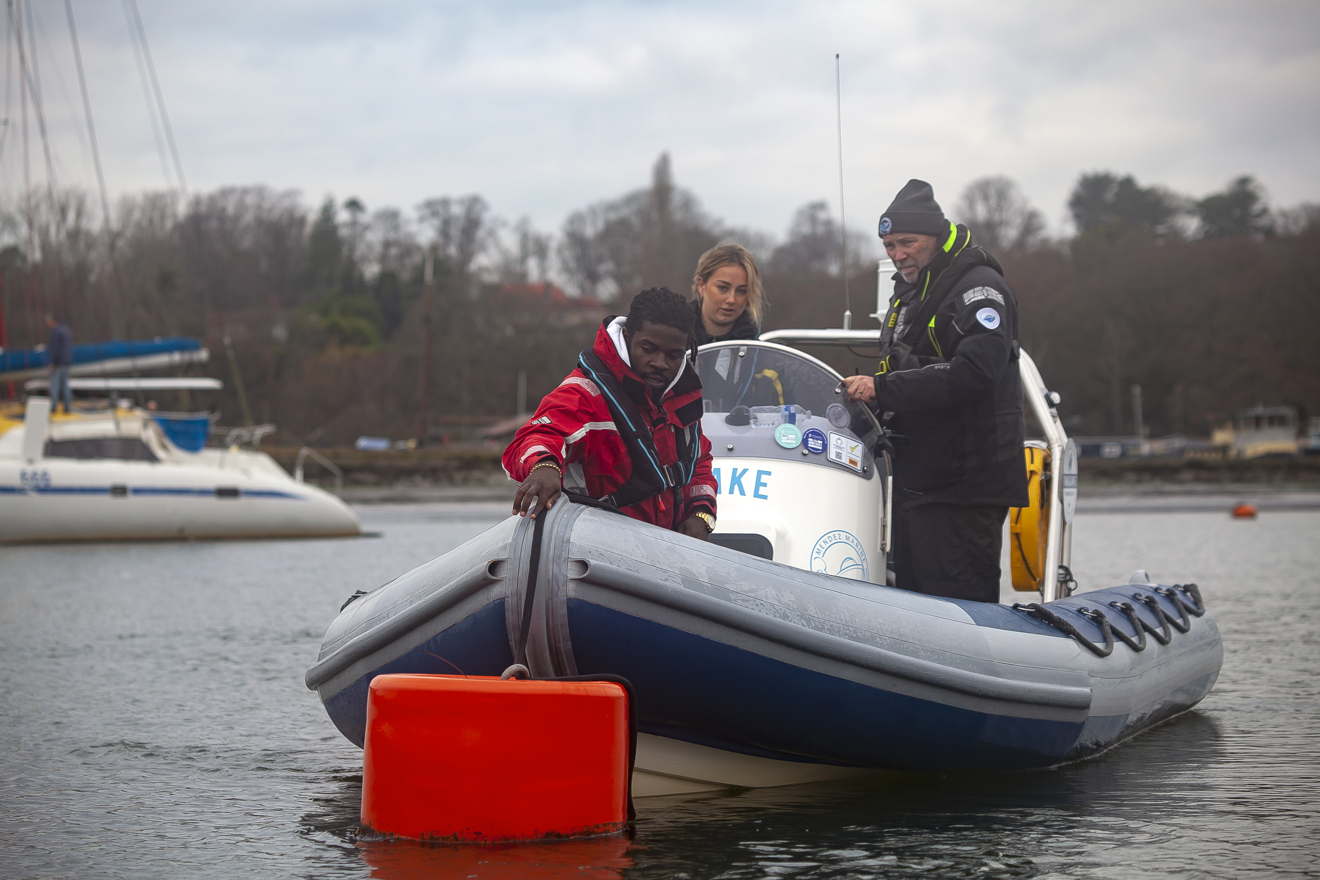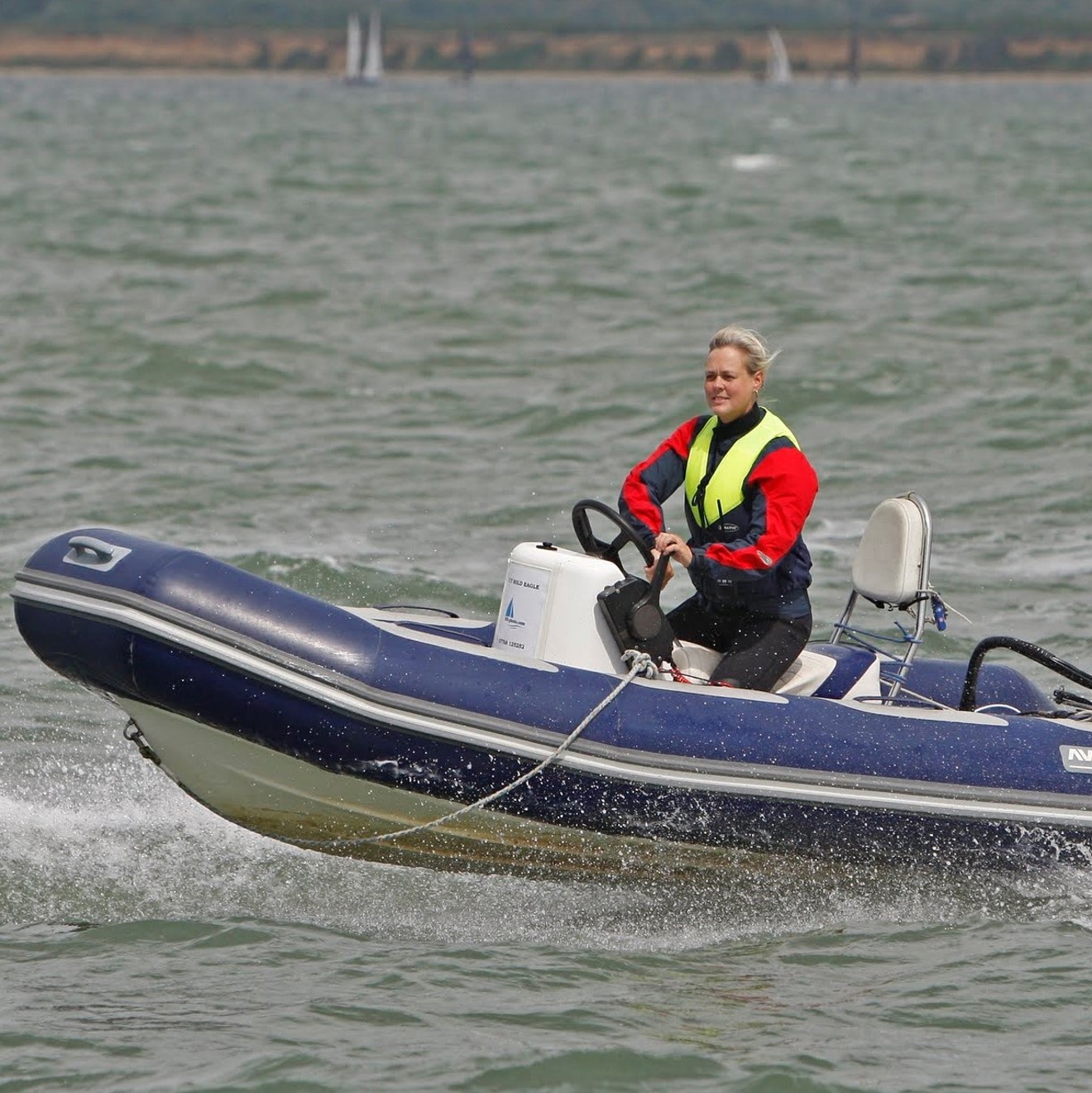Why winter is the coolest time to go powerboating
Advanced Powerboat Instructor and Director of Essex Marine Training Centre, Liam Battersby, tells us why the colder months are the best time to get out on the water

“Sometimes you get the odd gem of a weekend in winter – crisp, quiet days and calm, flat water,” says Liam, who teaches powerboating and runs an RYA centre on Britain’s beautiful east coast.
“And it’s great because when everyone hangs their keys up after the summer there’s not many people about. So, you get these nice empty days on the water; and as long as you wrap up warm and do some planning there’s some great powerboating to be had.”
Developing your skills
Liam suggests that winter powerboating is less about getting out on a boat for a day trip and more about actual learning.
He adds: “When the weather is more liable to change you often find you are more present in the moment and focussed on what you are doing.”
This extra level of challenge naturally presents the perfect training ground for anyone looking to improve their skills. To help prepare you for rougher seas, the RYA Advanced Powerboat course works on improving your boat handling skills and passage making. Plus, it helps you step up your responsibility as skipper.

Course content
RYA Advanced Powerboating aims to demystify the more complicated techniques of powerboating. It offers more detailed explanations and demonstrations of pilotage, meteorology, rules of the road, use of engines and possible emergency situations. As well as, sailing safely from dawn to dusk during the shorter winter days.
Essex Marine Training centre, where Liam works, is set in a sheltered area of Brightlingsea on a little creek. This leads into a larger river overlooking fields and open plains, which leads straight into the Thames Estuary.
Liam explains: “As you go further out, into the estuary it feels like you’re further offshore than you actually are.
“It’s tidal so you can get out all the time – on low springs it’s very shallow so you see the difference between high and low water. Things get uncovered that they wouldn’t have seen earlier so it looks like a totally different place, high banks, and different shingle areas.
“We can always go somewhere sheltered if the weather’s bad, but our playground is very varied. While we can teach the whole Powerboat Level 2 Course within the harbour, we use the opportunity of having the river and estuary to take our students out further to gain more navigation experience, which they get a lot out of.

Advanced courses
“For the Intermediate and Advanced courses we have a few different marinas and harbours in the area for students to gain experience with. In the winter, many of the boats have been taken ashore from their moorings which makes the small creeks an interesting challenge to navigate.
For more advanced techniques we go out to sea, and introduce techniques for finding unlit positions, waypoint webs, and all the other fun bits of navigation that put into practice the chartwork skills learnt on the Shorebased courses.
“It’s great to see students finding their lat/long position bang on; in the middle of the river, in the dark, using their navigational skills. If you plan on being out after dusk, knowing what different buoys flash is really useful to help you get back into harbour. If you have the correct charts – these lighting characteristics will be shown, but there is no substitute for training.”
So, from an instructor point of view, what’s the best tip you can give to anyone heading out in winter? Liam explains: “If the weather turns a bit nasty, it’s all about the planning. Look at what the boat is doing and pick your way through the waves, so you don’t get wet.
“Crashing through the waves in the summer is fun but in the winter with the wind chill it’s a different ballgame. It’s about learning to keep your crew as dry as possible and being sensible with the conditions.”
Finally, why should everyone go powerboating in the winter? “Our summer is so short. If you can prolong your season a little bit longer by enjoying the winter that’s fantastic. People shouldn’t be put off by winter, it’s a nice time to go.”

The RYA’s top 5 winter tips
1 - COMMUNICATION
Less people out on the water can mean less support from other boaters, so careful consideration to your pre-planning is even more crucial. Always ensure you tell a shore contact about your plans.
2 - MAKE A PLAN
Winter’s changeable weather means being prepared. Double check the tides, weather, and sea conditions. By anticipating any less than kind weather, you’ll be armed with the knowledge to make better decisions.
3 - FUEL
Use the rule of thirds. Ensure you have fuelled enough to get there and back with an extra third for safe measure. If you are enjoying yourself, you might end up further afield than you planned – add in a change in wind direction and you could need that extra fuel.
4 - KIT
One of the most obvious things on chillier days is to wrap up really warm. A good layered system is key - base, mid and waterproof top layers. Waterproof footwear, warm socks, gloves and a hat and neck warmer are essentials.
Even on overcast days sunglasses are a good idea and you can still get sunburned on winter days, so take sunscreen.
5 - GET TRAINED
If you’re looking to improve on your RYA Powerboat Level 2 training, the RYA Intermediate and Advanced courses can help leisure and professional boaters who want to undertake more adventurous journeys by day or night.
For this, you’ll need knowledge of navigation to at least the standard of the RYA Coastal Skipper/Yachtmaster Offshore Theory course. Learn more by finding a recognised training centre near you.
